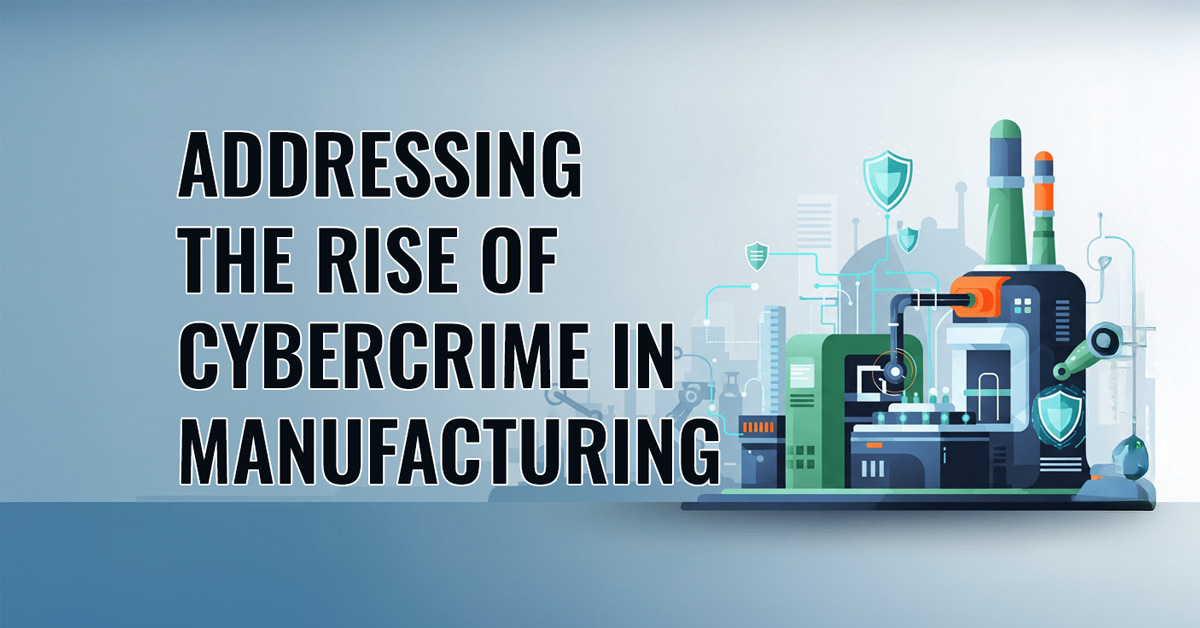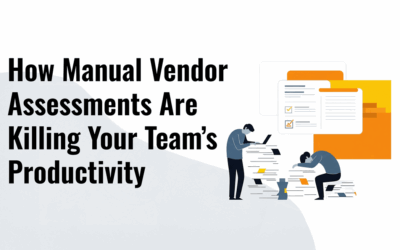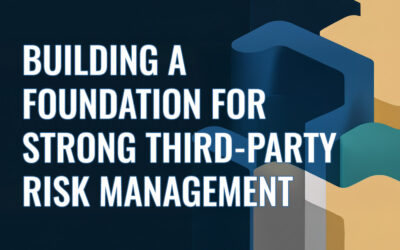As just one example, German battery manufacturer VARTA AG faced a devastating attack in February 2024, forcing the organization to shut down IT systems across five production plants and effectively halting operations.
Defending against these attacks requires a keen understanding of how these attacks succeed and developing a strong strategy for securing the supply chain.
How Supply Chain Attacks Succeed
Most successful attacks on the supply chain don’t happen because of sophisticated new techniques. They succeed because of fundamental gaps in security practices. Some of these are well known, such as social engineering tactics like phishing or unpatched vulnerabilities that open the door for cybercriminals.
But what’s not discussed enough is third-party risk management. The unfortunate truth is that 69% of organizations don’t regularly monitor all suppliers, and 62% lack confidence in their ability to effectively manage third-party risk. So while protecting your internal infrastructure is a noble goal, there are several gaps in security that allow vendors to introduce risk to your organization and pave the way for a cyberattack:
- Lack of timely due diligence: Many organizations perform vendor security assessments only during onboarding or on infrequent schedules. This creates long periods where security changes or new vulnerabilities go undetected.
- Insufficient monitoring: Point-in-time risk assessments quickly become outdated. Without ongoing monitoring of vulnerabilities on the open internet, organizations miss critical security gaps that emerge between formal reviews.
- Fragmented visibility: Supply chain security requires visibility not just into your suppliers but also their suppliers. However, many organizations have limited or no visibility beyond their immediate vendor relationships.
Thankfully, there are several strategies you can adopt to manage both internal and third-party risk.
The Real-World Impact of Assessments
For good examples of the role that assessments play in third-party risk management, look no further than the MOVEit breach or the Log4j vulnerability. Many of our clients reached out to us at ProcessBolt following these incidents, needing to know whether their vendors were impacted. While continuous monitoring helped identify which vendors were using these technologies, it couldn’t determine the extent of exposure or the status of remediation.
But ProcessBolt made it easy for them to quickly deploy targeted assessments that focused specifically on these risks, gathering critical information such as:
- Whether vendors were using affected versions of these technologies
- What specific instances were deployed and where
- What remediation steps had been taken
- How the incident affected their overall security posture
This kind of detailed intelligence simply isn’t available through continuous monitoring tools. Therefore, it’s just as essential for making informed risk decisions during critical security events.
Essential Components of Modern Supply Chain Security
To adequately defend against the industry’s rise in cybercrime, manufacturing organizations need to evolve beyond reactive measures. They must adopt a layered, proactive approach that addresses both internal operations and the broader vendor ecosystem.
Keep Everything Up to Date
Regular patching and updating must be standard practice across your organization and among key suppliers. Shockingly, 83% of successful attacks exploit unpatched vulnerabilities that had fixes available for over a year.
Addressing this critical issue requires:
- Establishing minimum security baselines for all systems that connect to your network
- Building verification into vendor agreements
- Using automated patch management tools to ensure consistency across environments
Implement Continuous Monitoring for Third Parties
Periodic assessments of the security posture of your vendors will give you a snapshot in time — but the problem is that risk is always evolving. So without ongoing visibility into vendor risk, you’re blind to emerging threats.
Continuous monitoring solutions offer real-time insights into third-party vulnerabilities like open ports, outdated systems, leaked credentials, and exposed databases. The best tools will then take this data and compare it to vendor policy documentation and the answers from their assessments, enabling more accurate, actionable risk analysis.
Invest in Employee Training and Awareness
Even the best technical defenses can be bypassed if employees fall for social engineering like phishing. And as cybercriminals improve the realism and personalization of these attacks with AI, your workforce must be prepared.
Regular security awareness training builds a human firewall that stops up to 70% fewer security incidents. This training should reflect the real-world tactics attackers use, especially those exploiting supplier relationships and trusted business processes.
Develop and Test an Incident Response Plan<
Organizations with tested incident response plans save an average of $2.22 million per incident compared to those without one.
It’s a proven strategy that many organizations leverage, but many forget that these response plans should cover third-party scenarios. This includes how to respond when a supplier is compromised, how to notify affected stakeholders, and how to coordinate remediation efforts across organizations.
Defending Against Cybercrime in Manufacturing
As attacks against the manufacturing sector continue to rise, organizations must adapt their strategies to address an increasingly complex threat landscape.
The most resilient companies will be those that extend their security perimeter beyond their own networks to encompass their entire ecosystem of suppliers and partners. This requires not only technological solutions but also a fundamental shift in how security is governed: from a point-in-time compliance exercise to an ongoing, collaborative process.
You can start taking action today by evaluating your current supply chain security posture and identifying the highest-priority gaps to address. Your manufacturing operations — and your business — depend on it.




